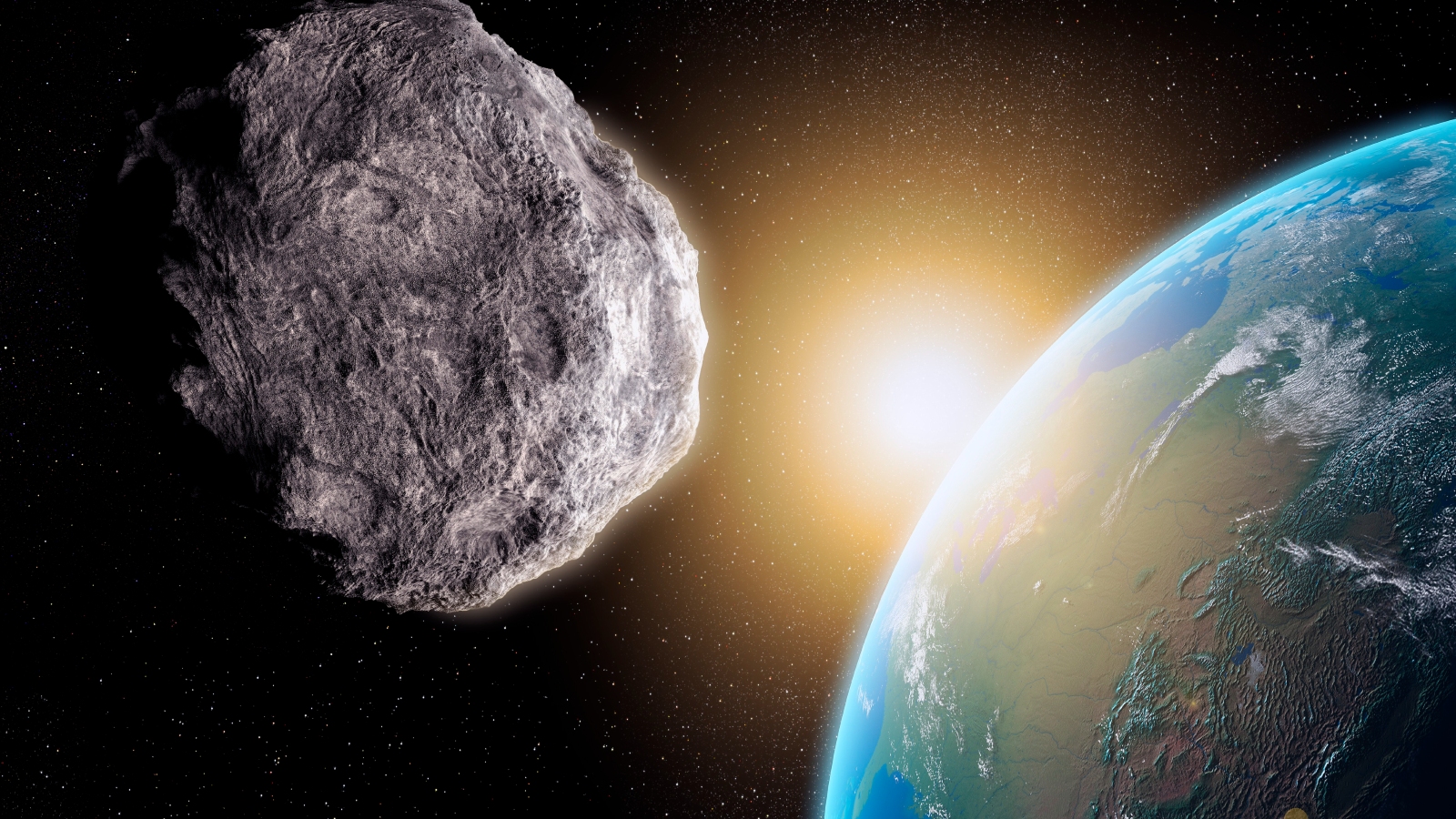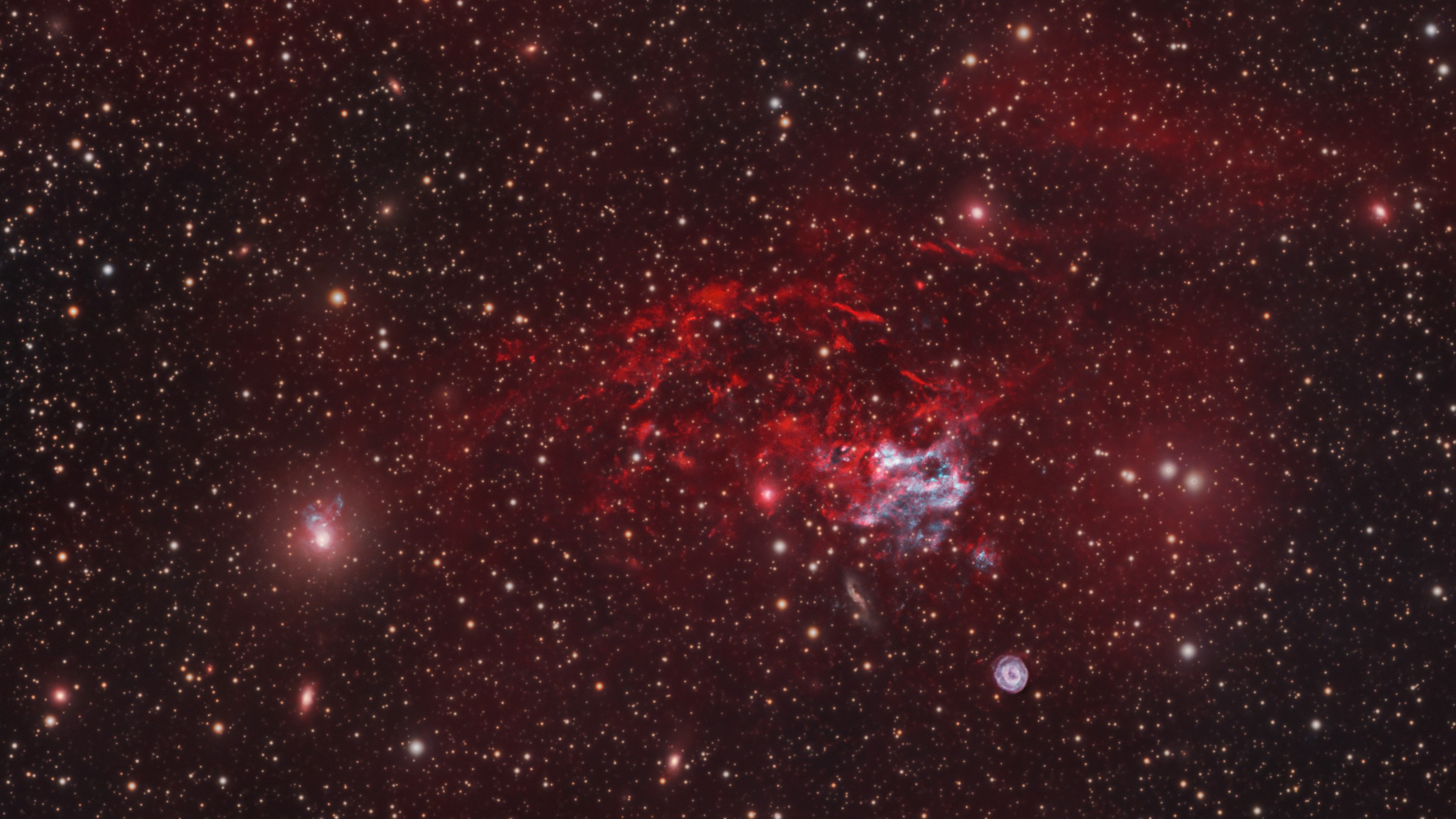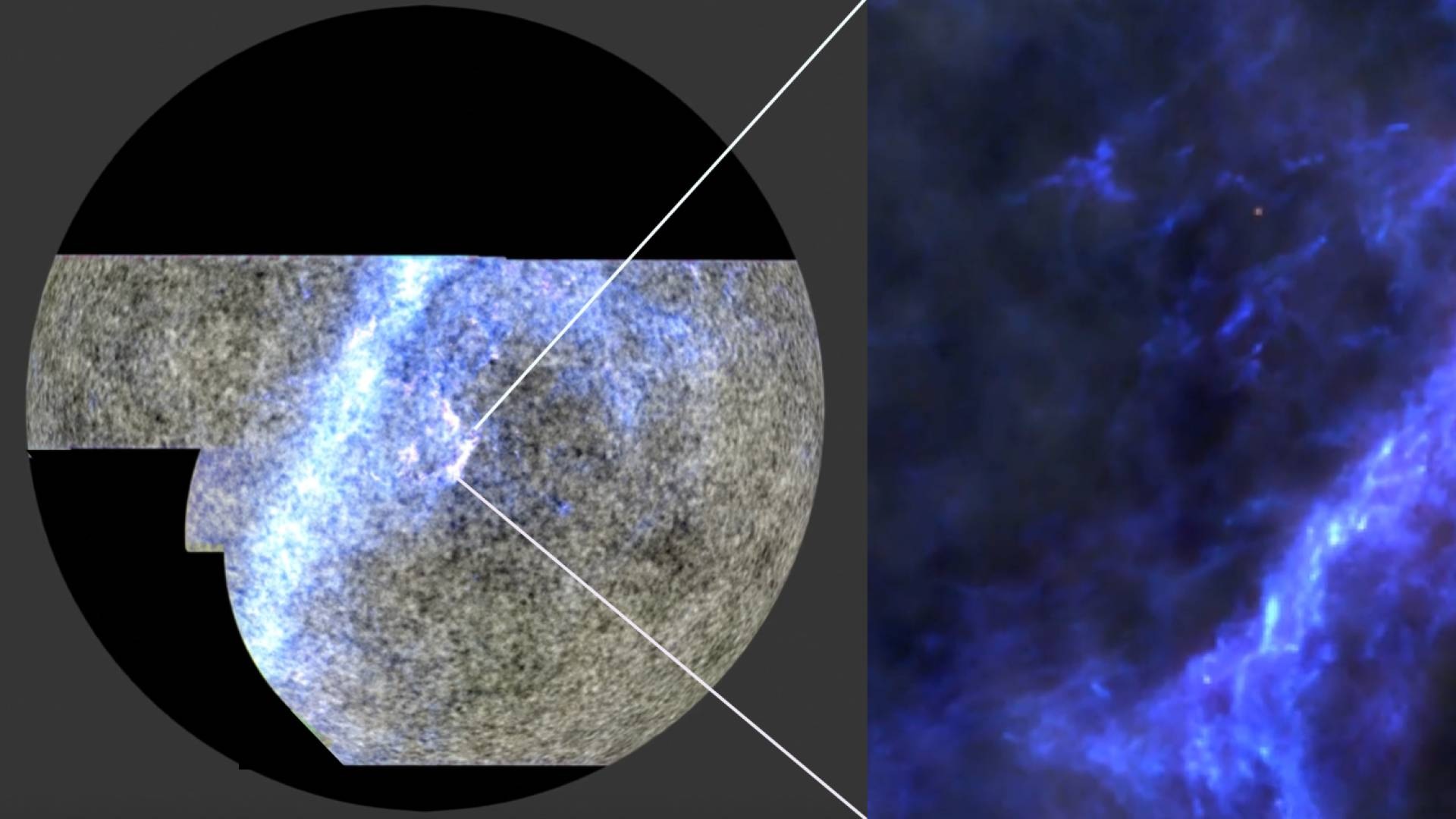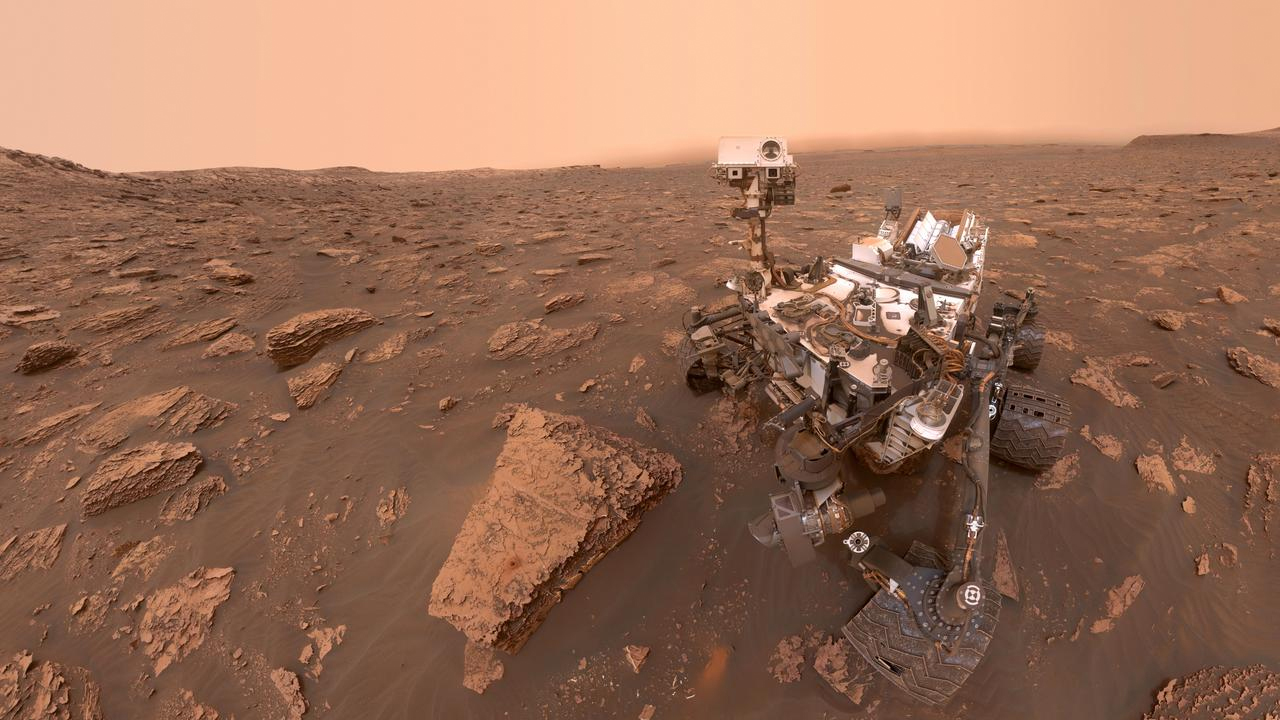Astronomy news, features and articles
Explore Astronomy
Latest about Astronomy

'Very rare' black hole energy jet discovered tearing through a spiral galaxy shaped like our own
By Skyler Ware published
Scientists have discovered a star-smothering black hole energy jet tearing through a galaxy similar to the Milky Way.

We rate these as some of the best solar binoculars around — order them now just in time for the partial eclipse on March 29 and save 40%
By Paul Brett published
Deal Be ready for viewing the solar spectacle for under $60 with this Celestron binoculars deal at Amazon.

'Extremely Large Telescope' being built in Chile could detect signs of alien life in a single night
By Brian Koberlein published
The Extremely Large Telescope will revolutionize our view of the cosmos when it sees first light in Chile in 2028. In fact, it could detect hints of alien life around our closest neighboring star system in its first night of operations, new simulations suggest.

'Potentially hazardous' pyramid-size asteroid will make its closest flyby of Earth for more than 100 years this Wednesday
By Harry Baker published
The hefty space rock 2014 TN17 is large enough to wipe out a city, but it will pose no risk to our planet when it sails by this Wednesday (March 26). Researchers will monitor it carefully during its close approach.

Stephen Hawking's black hole theory has big implications for the shape of the universe, new study claims
By Andrey Feldman published
Elusive black hole radiation predicted by Stephen Hawking may have influenced the way the universe took shape after the Big Bang, new research suggests.

Weird repeating explosion beyond the Milky Way is one of the hottest blasts scientists have ever seen
By Shreejaya Karantha published
Researchers conducted the first-ever near-infrared analysis of an extragalactic recurrent nova and found it is one of the hottest nova explosions ever discovered.

Space photo of the week: The last sight you see before dying on the moon
By Jamie Carter published
The final act of the Blue Ghost lander's busy two weeks on the moon was to send back sunset shots featuring Earth and Venus.

Record-setting black hole 'echo' accidentally uncovered by high-school student
By Jenna Ahart published
While sifting out signatures of supernova remnants, a high-schooler stumbled upon the afterglow of a dormant black hole. It may be one of the largest ever seen.

Scientists discover smallest galaxy ever seen: 'It's like having a perfectly functional human being that's the size of a grain of rice'
By Robert Lea published
Astronomers have discovered the smallest dwarf galaxy ever seen. It is a mystery how the satellite galaxy of Andromeda survived the blistering conditions of the early universe.

Atacama Telescope reveals earliest-ever 'baby pictures' of the universe: 'We can see right back through cosmic history'
By Sharmila Kuthunur published
New observations with the Atacama Cosmology Telescope in Chile reveal the earliest-ever "baby pictures" of our universe, showing some of the oldest light we can possibly see.
Sign up for the Live Science daily newsletter now
Get the world’s most fascinating discoveries delivered straight to your inbox.
